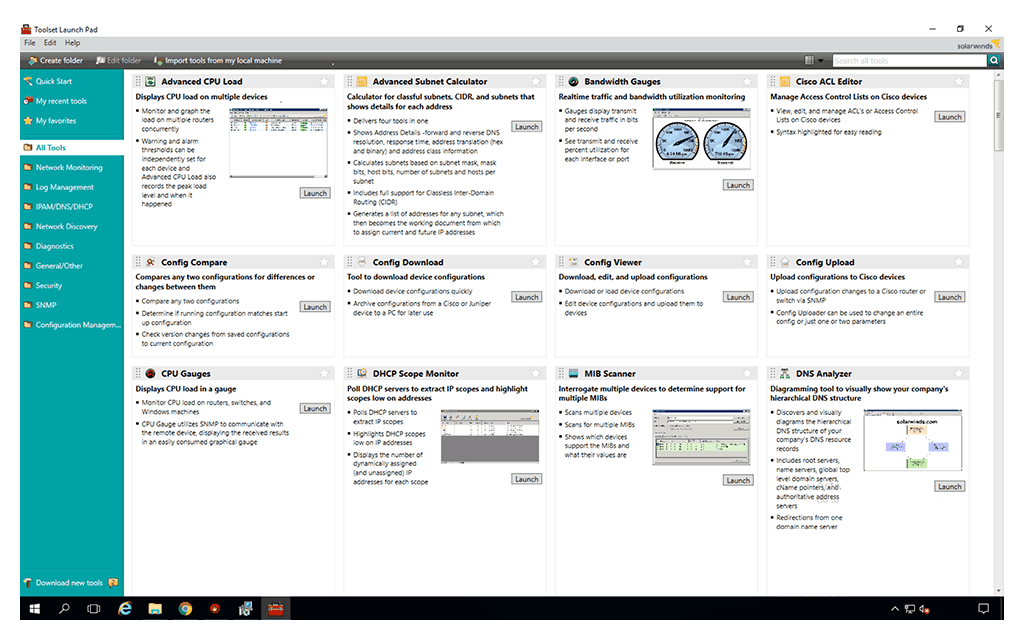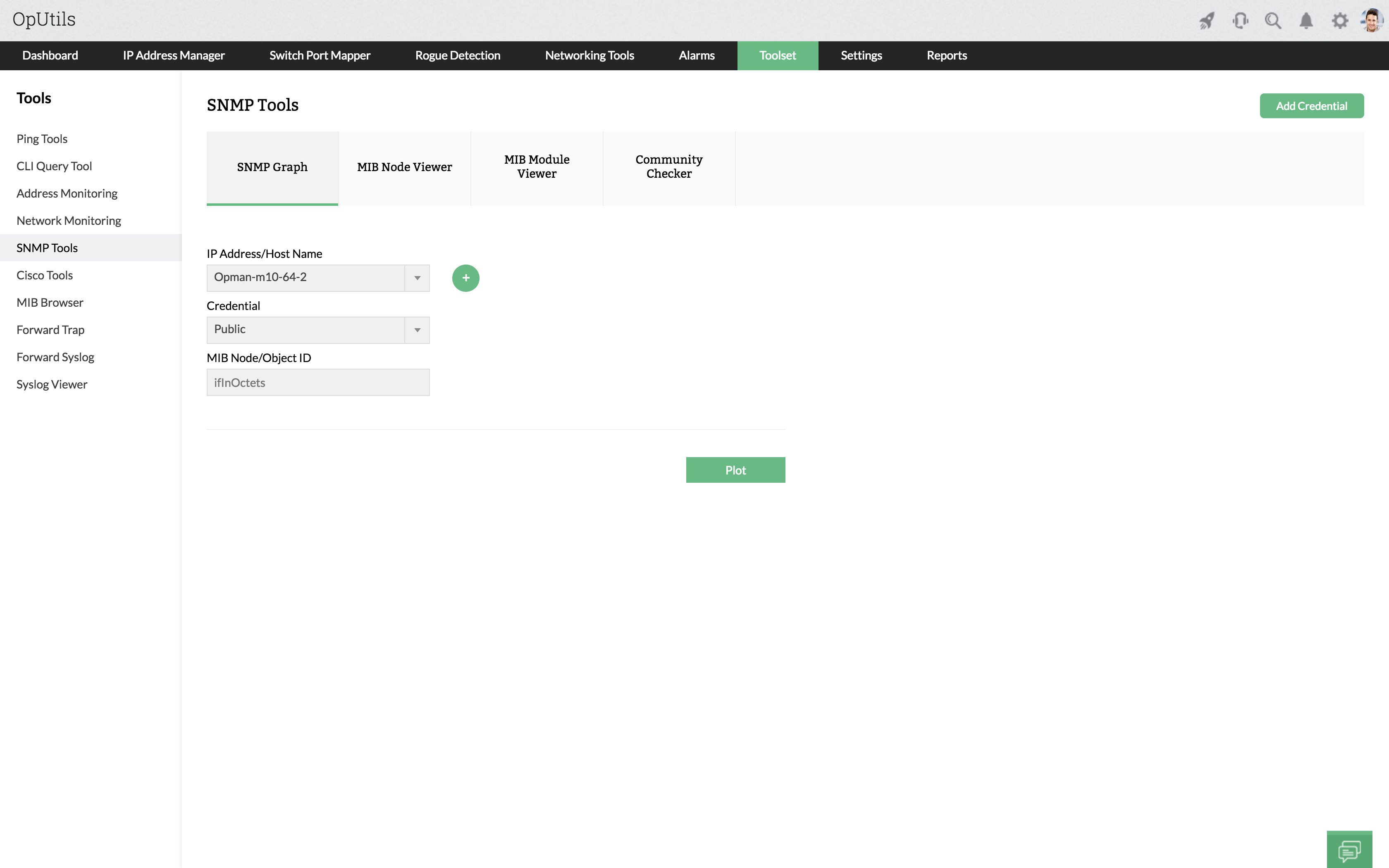

- #CISCO SNMP TRAP RECEIVER INSTALL#
- #CISCO SNMP TRAP RECEIVER ZIP FILE#
- #CISCO SNMP TRAP RECEIVER PASSWORD#
- #CISCO SNMP TRAP RECEIVER DOWNLOAD#
- #CISCO SNMP TRAP RECEIVER FREE#
#CISCO SNMP TRAP RECEIVER DOWNLOAD#
Save the MIB file from the dashboard ( Organization > Settings > SNMP > Download MIB) to the proper snmpd directory.Follow these instructions on Debian-based systems:
#CISCO SNMP TRAP RECEIVER INSTALL#
On a Linux-based system, you can install an SNMP package to achieve the same results.


#CISCO SNMP TRAP RECEIVER PASSWORD#
When using v3, Cisco Meraki devices will use SHA1 for authentication and DES for privacy, with the configured password used for both. If v3 is selected, you will need to configure a username and password. SNMP v1/v2c sends the community string in plain text. Version 3 adds the ability to encrypt the communication between the manager (network management system) and the agent (Meraki device). Using SNMP to directly poll individual devices provides the ability to choose between SNMP v1/v2c or v3. These settings can be found under Network-wide > General > Reporting: Individual Meraki devices can also be polled locally. In this scenario, the SNMP traffic would stay within the local network and each device would need to be polled from the network management system. The following are supported when polling the dashboard: GetRequest and GetNextRequest snmp GET methods. Meraki uses the read-only community string type. Please check our main MIB Packages page for more.Note: Meraki SNMP access only supports get requests, so no changes to the dashboard configuration can be made using SNMP. PS: We also have MIB Packages for other popular vendors such as Juniper Networks, Motorola Canopy Wireless, and more. Now, you can see that the traps are labelled accurately as “ciscoConfigManEvent” and the variables and enumerations are also described clearly as “(1) commandLine” etc. If you add in the Cisco MIBs using the package or by compiling them individually, you will get an enhanced trap receiver functionality.Ĭlick on the the thumbnail for the screenshot You can also see that the enumerations and other variables are also not interpreted. You can see that the trap names are shown as “enterprises.9.9.43.2.0.1”. Image : Trap Receiver without the required Cisco MIBs Lets see how the passive SNMP Trap Receiver behaves without adding in any extra MIBs other than those that ship with Unbrowse SNMP.Ĭlick on the thumbnail for the screenshot. 1.3.6.1.4 or enterprises.cisco.1.45) instead of names.Ī SNMP tool is only as smart as the number of MIBs you install into and and how up-to-date they are. The only problem is you will see OIDs (numbers like. If you are using Unbrowse SNMP without installing any MIBs, then you can still access all its functionality such as the trap receiver, MIB walker, etc. Thats it! Now you dont have to worry about missing MIBs or OIDs for any Cisco equipment. Wait for about 6-7 minutes for it to install. Choose the downloaded package file (named AllCisco.zip). Step 2 : Select “Repository -> Import MIB Package” from the Unbrowse SNMP main menu.
#CISCO SNMP TRAP RECEIVER FREE#
It is a 28.9MB download and requires about 200MB of free hard drive space. Step 1 : Download the MIB Package from here. In only two steps you can get Unbrowse SNMP completely up to speed on every Cisco model network equipment. The new MIB package contains all the latest MIBs released by Cisco on their public website. This package contains 1024 MIB Modules, and over 68,000 unique objects.
#CISCO SNMP TRAP RECEIVER ZIP FILE#
We recently updated the Cisco MIB package ZIP file for Unbrowse SNMP.


 0 kommentar(er)
0 kommentar(er)
